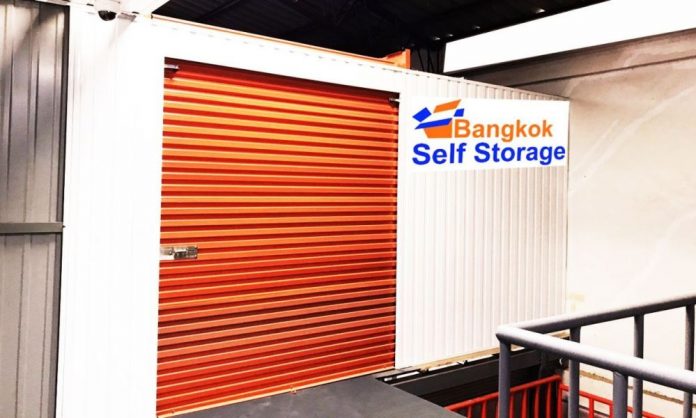The self-storage industry in Asia is evolving as the notion of storing personal belongings outside the home catches on.
Outside of Japan and Australia, Hong Kong remains the most established Asian market with an estimated 418 facilities, a number that compares closely to China’s total facilities.
However, there is potential for further market growth.
Per capita stock of self-storage facilities in eight logistics markets in Asia (Hong Kong, China, Japan, Taiwan, Singapore, Malaysia, Philippines and Thailand) currently averages less than 0.01 sqm, significantly below the 0.1-0.2 sqm in the U.K. and Australia, and one sqm per capita in the U.S.
Self-storage operators have a potentially very viable product
The average occupancy rate in more established Asian markets as well as the U.S. stood above 80% during 2018, although China, Taiwan and Southeast Asia saw slightly lower levels.
Moreover, a good customer mix (on average 70% personal users and 30% business users in Asia) means that the sector is less susceptible to fluctuations in business cycle as compared with other commercial real estate.
High housing prices and small living space should continue to drive personal demand for self-storage, while corporates and e-commerce platforms will likely drive business demand.
Rents charged by operators to end-users enjoy a good spread over typical industrial rents paid to the landlords in major markets. For example, the average premium is about USD 20 per sqm per month in Singapore and up to USD 50 in Hong Kong.
Investors take a closer look
Investors are taking a closer look at the self-storage sector because of a lack of available products in traditional commercial real estate. In addition, rising asset values has squeezed investment yields in core sectors to…



